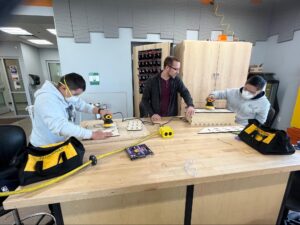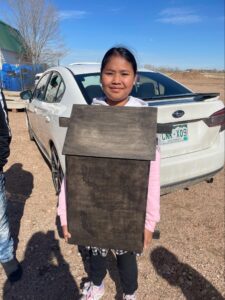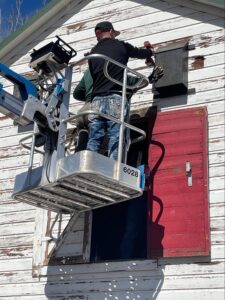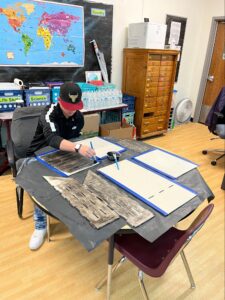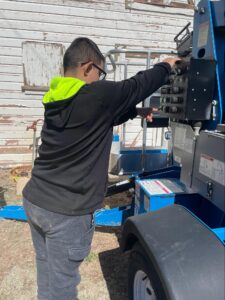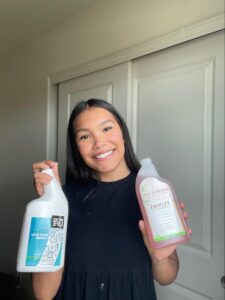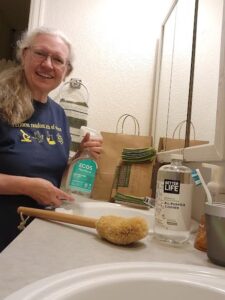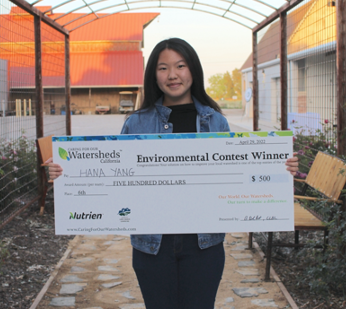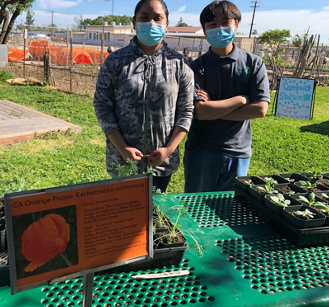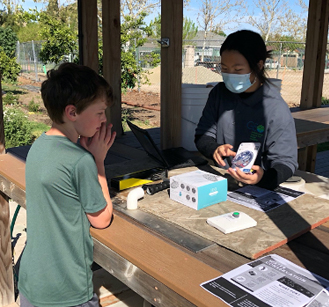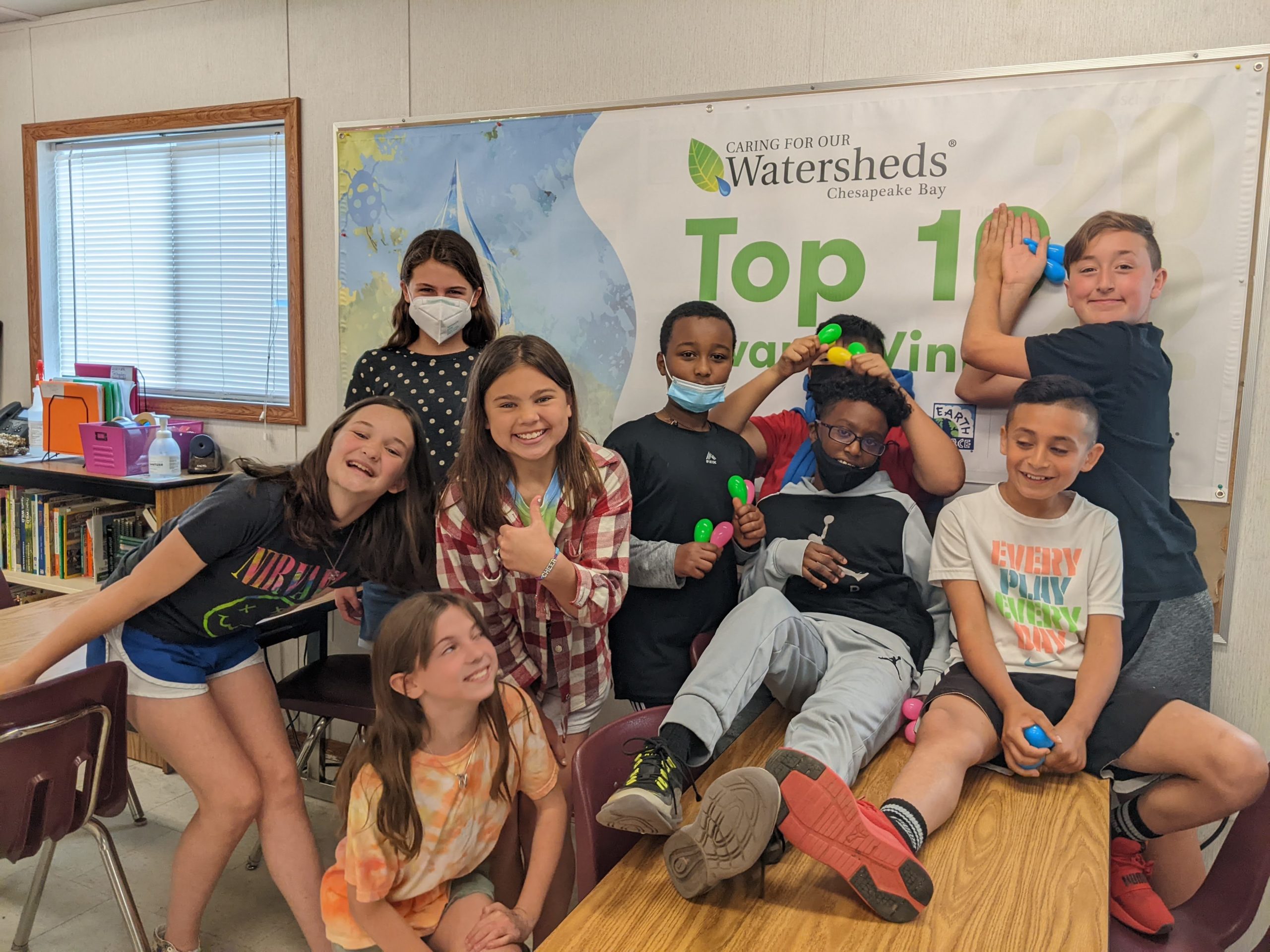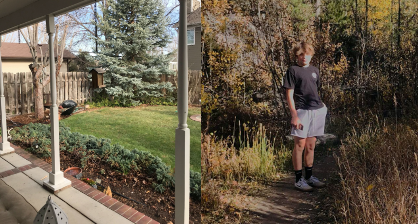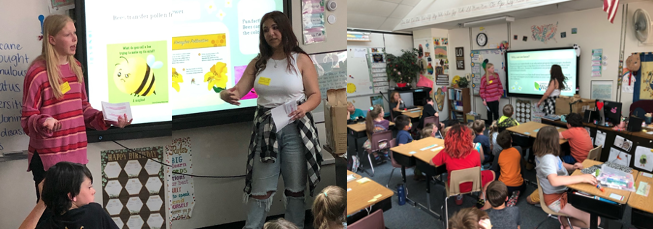2023, GREELEY, COLORADO, USA
The Intense Functional Learning class from Greeley Central High School addressed the decreasing population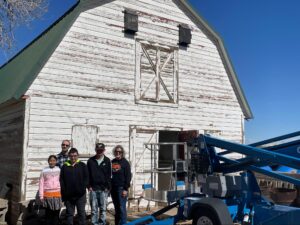 of endangered bats by building bat boxes. There are several species of endangered bats that are native to Colorado. With fewer trees in the cities and along trails, it is increasingly dangerous for them to live. The class built bat boxes to give bats a safe place to live. This will help bats survive and repopulate the area. Placing bat boxes along the Poudre River Trail gives bats a place to stay safe and warm near water so they can survive through any condition. The boxes will be monitored for use and if any endangered species take up residence within them. This solution addressed Targets 15.1 and 15.5 of the Sustainable Development Goals.
of endangered bats by building bat boxes. There are several species of endangered bats that are native to Colorado. With fewer trees in the cities and along trails, it is increasingly dangerous for them to live. The class built bat boxes to give bats a safe place to live. This will help bats survive and repopulate the area. Placing bat boxes along the Poudre River Trail gives bats a place to stay safe and warm near water so they can survive through any condition. The boxes will be monitored for use and if any endangered species take up residence within them. This solution addressed Targets 15.1 and 15.5 of the Sustainable Development Goals.
